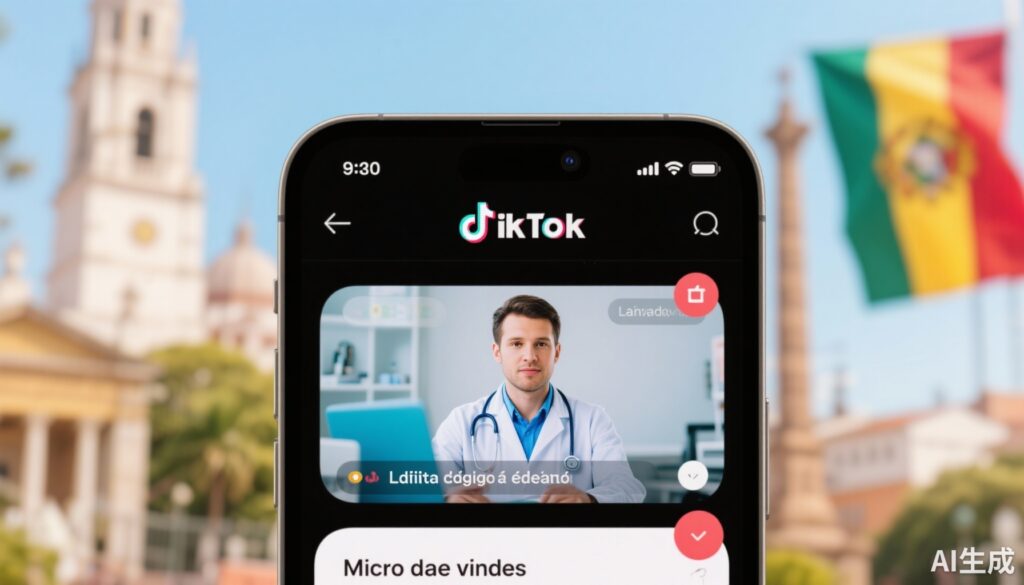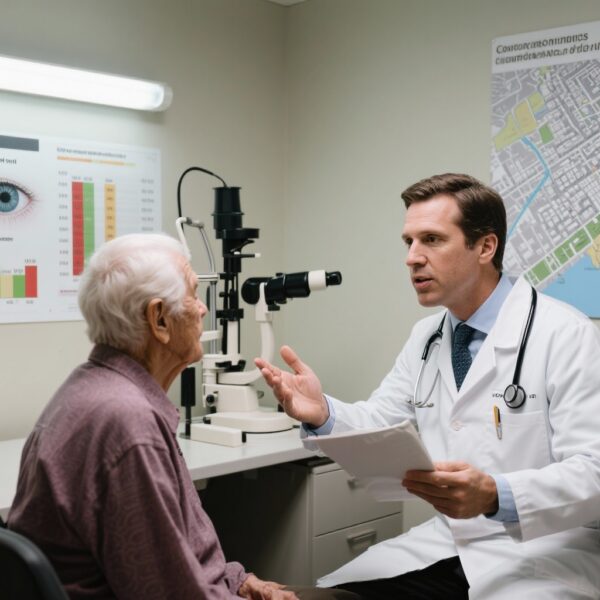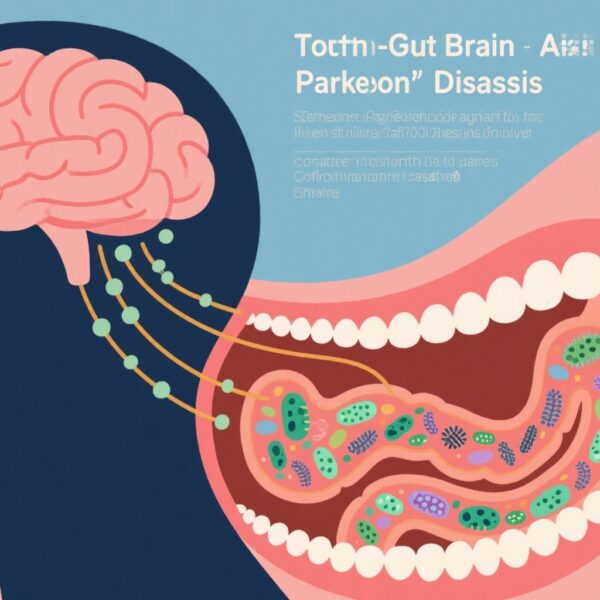Study Background and Disease Burden
Social media platforms have transformed the landscape of medical education, offering unprecedented access to information outside traditional classroom settings. Prior to the COVID-19 pandemic, platforms such as YouTube and Facebook dominated this space, effectively aiding student engagement and knowledge dissemination. However, TikTok, with its short-form video format and substantial appeal among younger demographics, has rapidly emerged as a prominent educational tool.
Despite its popularity, TikTok medical educational content raises concerns over alignment with formal curricula and adherence to academic quality standards. The medium’s brevity and informal nature often prioritize engagement over accuracy and educational robustness. This is particularly critical in regions like Latin America, where disparities in access to formal medical education may amplify reliance on online resources.
The burden of misinformation and the variable quality of freely accessible medical content can negatively impact learners, potentially propagating erroneous medical concepts and jeopardizing patient safety in clinical practice. Consequently, assessing the impact and quality of medical microvideos on TikTok is essential to understand their educational value and guide future content regulation.
Study Design
This study by Izquierdo-Condoy et al. employed a cross-sectional design focusing on medical educational microvideos in Spanish on TikTok within the Latin American context. A systematic search was conducted on March 1, 2024, using keywords “medical education” and “medical review,” identifying 300 microvideos.
From these, the 100 most-viewed microvideos were shortlisted. The researchers further identified the 13 most popular TikTok accounts based on cumulative views. Subsequently, the three most-viewed microvideos from each account were selected, constructing a final analytical sample of 39 videos.
Popularity indicators included total views, likes, and the Viewability Index (VPI), the latter integrating views relative to engagement metrics. Educational quality was rigorously evaluated using the JAMA Benchmark Criteria, encompassing four domains: authorship declaration, attribution of sources, disclosure of conflicts of interest, and evidence of content validity.
Key Findings
Analysis revealed that 69.2% of popular TikTok medical educational accounts were created by males, with a notable concentration (30.8%) originating from Mexico and Peru. Content creators primarily comprised physicians (53.8%), followed by medical students (23.1%). The majority of content focused on general medical education (69.2%), with general medicine topics dominating (76.9%).
The 39 microvideos amassed an average of 1,653,677 views each, with the hashtag #medicina being the most frequently employed.
Correlation analyses demonstrated a strong association between popularity metrics (views, likes, VPI) and active engagement parameters such as comments and shares. However, the number of ‘favorites’ (similar to bookmarks) correlated weakly with these metrics.
Critically, educational quality assessment via the JAMA Benchmark criteria revealed disappointingly low scores overall; only two accounts achieved a score of 1 out of a maximum 4 points, reflecting widespread deficiencies in transparency, source attribution, and validity.
These findings underscore a discordance between content popularity and educational rigor. TikTok’s algorithm amplifies visibility based predominantly on engagement rather than quality, risking the propagation of misinformation. In contrast, ‘favorites’ may more accurately reflect users’ perceived informational value and trustworthiness.
Expert Commentary
The study highlights a persistent challenge in social media-based medical education: balancing accessibility and engagement with academic reliability. While short-form videos cater well to learners’ attention spans, the platform’s current reliance on popularity metrics, which do not equate to quality, can mislead viewers.
Experts advocate for establishing standardized evaluation frameworks incorporating both content quality and user engagement. Integration of peer review or certification badges could enhance credibility. Moreover, educators and content creators bear responsibility for transparent disclosure and adherence to evidence-based information.
Limitations of this study include its cross-sectional nature and focus on Spanish-language content, which may limit generalizability. Additionally, JAMA Benchmark Criteria, while widely used, may not fully capture pedagogical effectiveness or nuance in short-form video education.
Future research should explore longitudinal impacts on learner knowledge and examine interventions to improve quality controls on social media platforms.
Conclusion
TikTok microvideos in Spanish are highly popular among Latin American users for medical education; however, this popularity does not reliably reflect educational quality. The study by Izquierdo-Condoy et al. raises critical concerns about misinformation risks posed by an engagement-driven content amplification algorithm.
Favorites may serve as a more nuanced indicator of perceived value, suggesting that user curation complements traditional engagement metrics. Systematic adoption of standardized quality assessment tools that combine educational rigor and engagement data is imperative to enhance the reliability and accessibility of TikTok medical education content.
Such measures would empower learners to navigate social media resources confidently and enable educators and policymakers to promote evidence-based digital learning environments.
References
Izquierdo-Condoy JS, Arias-Intriago M, Mosquera-Quiñónez M, Melgar Muñoz FP, Jiménez-Ascanio M, Loaiza-Guevara V, Ortiz-Prado E. Assessing the educational impact and quality of medical microvideos on TikTok: the case of Latin America. Med Educ Online. 2025 Dec;30(1):2474129. doi: 10.1080/10872981.2025.2474129. Epub 2025 Mar 8. PMID: 40055918; PMCID: PMC11892066.
Merchant RM, Lurie N. Social Media and Emergency Preparedness in Response to Novel Coronavirus. JAMA. 2020;323(20):2011-2012. doi:10.1001/jama.2020.4469
Cheston CC, Flickinger TE, Chisolm MS. Social media use in medical education: a systematic review. Acad Med. 2013 Jun;88(6):893-901. doi: 10.1097/ACM.0b013e31828ffc23.
Gupta R, Dhingra M. Strategies to combat misinformation in health social media. Int J Healthc Manag. 2022;15(1):71-78. doi: 10.1080/20479700.2020.1705392.



